Q
How to check the brake fluid in Suzuki Swift?
The mthod to check the brake fluid in Suzuki Swift is as follows: open the engine hood and find the brake fluid reservoir, which is typically near the firewall and marked clearly. Next, check the level of fluid, which should between the min and max level on the reservoir. If the fluid level is low, it might indicate problems such as leaks in the brake system. Additionally, ensure to observe the color and clarity of the brake fluid. Normal brake fluid should be clear. If the color of brake fluid becomes dark or muddy, it also needs to be replaced.
Special Disclaimer: This content is published by users and does not represent the views or position of PCauto.
Related Q&A
Q
How many litres of oil does a Suzuki Swift take?
The oil capacity of the Suzuki Swift is typically between 3.5 to 4 liters. However, the exact oil capacity may vary depending on the different model year and engine model. When maintaining the car and changing the oil, it is suggested to refer to the relevant vehicle manual or consult professional auto maintenance personnel to ensure the correct oil capacity.
Q
What fuel does Suzuki Swift use?
The Suzuki Swift in Malaysia generally uses gasoline as fuel, commonly 95 octane gasoline. However, the specific fuel requirements may vary depending on the model and engine configuration. Generally speaking, using the appropriate grade of gasoline as recommended by the vehicle manufacturer helps maintain vehicle performance and good engine operation.
Q
How many miles are left when the fuel warning light of Suzuki Swift illuminates?
In Malaysia, a Suzuki Swift can typically travel about 30 to 50 miles when the fuel warning light illuminates. However, this depends on various factors, such as the vehicle's driving conditions, road conditions, load, and driving habits. Generally, to avoid damage to the vehicle caused by running out of fuel, you should look for a gas station to refuel as soon as possible after the warning light comes on.
Q
How to check power steering fluid in Suzuki Swift?
To check the power steering fluid in Suzuki Swift, you can follow these steps. First, open the engine hood and find the power steering fluid reservoir, which usually has a clear indicator easy to find. Check the scale line on the reservoir to check whether the fluid level is within normal range, it should be between the upper and lower scale lines. If the fluid level is low, it's necessary to add the specified type of power steering fluid. Take note to avoid any impurities when adding. During the inspection, also observe the color and condition of the fluid, the normal power steering fluid should be transparent or light yellow, and free of impurities and strange odors. If the fluid has a deep color, strange odour, or impurities, it might imply that the fluid needs to be replaced.
Q
What's the specification of the engine of Suzuki Swift?
The Suzuki Swift is commonly equipped with an engine displacement of 1.2 liters or 1.4 liters. The specific engine specifications may vary due to different model years and configurations.
Q
What's the weight of the Suzuki Swift?
The weight of the Suzuki Swift typically ranges from 900 to 1100 kilograms, depending on the model configuration and version. Different configurations may differ in the materials and equipment of some parts, thus affecting the overall weight of the car.
Q
How much horsepower does the Suzuki Swift produce?
The horsepower of the Suzuki Swift typically varies depending on the specific configuration and model, with common versions producing around 100 horsepower.
Q
What is the fuel consumption of the Suzuki Swift?
The fuel consumption of the Suzuki Swift varies depending on the specific model, engine configuration, and driving conditions. Generally speaking, common versions consume about 6 liters per 100 kilometers in city driving, and about 5 liters on the highway. However, actual fuel consumption may be influenced by a variety of factors including driving habits, road conditions, and vehicle load.
Q
What is the tire pressure of Suzuki Swift?
The tire pressure of Suzuki Swift typically ranges between 2.2 and 2.5 bars. However, the exact figure can vary depending on factors such as the specific model of the vehicle, tire specifications, vehicle load, and driving conditions. In general, you can find accurate information about tire pressure of your specific model in the vehicle's user manual.
Q
How many setas does the Suzuki Swift have?
The Suzuki Swift is usually a five-seater model.
Latest Q&A
Q
How many people can fit in a Volvo XC40?
As a compact luxury SUV, the Volvo XC40 comes standard as a 5-seater model, which can comfortably accommodate 5 adults. Its seat design focuses on ergonomics, providing excellent support, making it suitable for daily use or long-distance travel of Malaysian families. The vehicle's body dimensions are 4425mm×1863mm×1652mm (length×width×height), with a wheelbase of 2702mm. The rear-seat legroom performs excellently among its peers. Moreover, the trunk has a capacity of 460 liters, which can be expanded to 1336 liters when the rear seats are folded down, meeting both the needs of seating and cargo-carrying.
It's worth noting that the XC40 uses Volvo's latest SPA platform, which is optimized in terms of both safety and space utilization. For example, it comes standard with 7 airbags and the City Safety system, making it especially suitable for Malaysia's rainy weather and complex road conditions. If you need more seats, you can consider 7-seater models like the Volvo XC60 or XC90. However, the XC40 is more suitable for the narrow roads in cities like Kuala Lumpur thanks to its flexible handling and compact body.
The Drive-E series engines installed in this car (such as the T4/T5 versions) have stable heat-dissipation performance in Malaysia's hot climate. Additionally, the maintenance network covers major cities, offering a relatively high level of convenience for vehicle maintenance.
Q
Is a used Volvo XC40 a good buy?
Buying a used Volvo XC40 in Malaysia is a great option, especially for consumers who value safety and Scandinavian design. The XC40 is well-known for its solid build quality, extensive safety features (such as the City Safety system), and comfortable driving experience. In the used car market, well-maintained models offer high cost-effectiveness.
In Malaysia, it is recommended to prioritize models produced after 2019. Earlier versions might lack some localized features. At the same time, it's crucial to check the maintenance records to ensure that the vehicle has been regularly serviced at authorized service centers, so as to avoid potential issues with the electronic system or turbocharged engine.
To expand a bit, the XC40's compact SUV positioning makes it very suitable for city roads in places like Kuala Lumpur. Its 2.0T power version performs stably in Malaysia's hot climate, though the fuel consumption is slightly higher than that of Japanese cars in the same class.
In addition, Volvo's used cars in Malaysia have a relatively lower resale value compared to their German competitors. This actually provides a more attractive purchase price for used car buyers. However, it's necessary to be aware that the parts supply cycle might be longer.
Overall, as long as you conduct a thorough vehicle condition check and are willing to accept slightly higher maintenance costs, a used XC40 can offer a unique driving experience that surpasses that of ordinary Japanese cars.
Q
How to turn brightness up on Volvo XC40?
Adjusting the screen brightness on the Volvo XC40 is a breeze. First, start the vehicle. Then, find the settings menu on the center console and enter the "Display" or "Screen Settings" option. Inside, you'll find a brightness adjustment slider. You can slide it to adjust the screen to a suitable brightness level. Some models also support automatic brightness adjustment, which can automatically adjust the screen brightness according to the ambient light.
In addition, if you find the screen too bright when driving at night, you can enable the "Night Mode" in the settings to reduce eye strain. For users in Malaysia, due to the hot climate and strong sunlight there, it's recommended to increase the brightness during the day to ensure clear visibility. Meanwhile, be careful not to use high brightness for a long time to reduce screen power consumption.
The display design of the Volvo XC40 takes user experience into account. Adjusting the brightness is just one of its many convenient features. You can also explore other settings such as theme colors or font sizes to personalize your driving experience.
Q
What is the difference between Volvo XC60 and XC40?
The Volvo XC60 and XC40 are two SUVs with different positioning. The main differences lie in size, space, and powertrain configuration. The XC60 belongs to the mid-sized SUV category. It has a larger body, offering more spacious seating and luggage space, which makes it suitable for family users. On the other hand, the XC40 is a compact SUV, more suitable for city driving and for single people or small families.
In terms of power, the XC60 usually comes with more powerful engine options, including plug-in hybrid versions. The XC40, however, offers more economical powertrain choices, such as a 1.5-liter three-cylinder turbocharged engine. Some models also have plug-in hybrid versions.
Both cars inherit Volvo's safety and technology features, such as the City Safety urban safety system and the Pilot Assist autonomous driving assistance function. But the XC60 may offer more luxury features on its high - end models, like air suspension and high-end audio systems.
For Malaysian consumers, the XC40 is more suitable for congested city roads due to its compact size, while the XC60 is ideal for users who need more space and comfort for long-distance driving. Moreover, Volvo has a well-established after-sales service network in Malaysia, and both models can enjoy the brand's high-standard warranty and maintenance services.
Q
How long does it take to fully charge a Volvo XC40?
The charging time of the Volvo XC40 depends on the charging equipment used and the battery capacity. Taking the common charging conditions in Malaysia as an example, if you use an 11kW AC charging pile, it takes about 7 to 8 hours to fully charge the battery. However, using a 50kW DC fast-charging pile can charge the battery from 10% to 80% in about 40 minutes. It should be noted that the charging speed is affected by factors such as battery temperature, current battery level, and the power of the charging pile. For Malaysian users, it is recommended to give priority to DC fast-charging to save time, especially during long-distance trips. At the same time, you should also avoid frequent use of fast-charging to extend the battery life.
In addition, the charging infrastructure in Malaysia is gradually improving. You can find charging piles in major shopping malls and highway service areas. Car owners can check the locations and real-time status of nearby charging stations through the official Volvo APP or third-party platforms, which is convenient for trip planning. In daily use, it is recommended to keep the battery level between 20% and 80%. This can not only meet your travel needs but also contribute to the battery's health.
View MoreRelated News
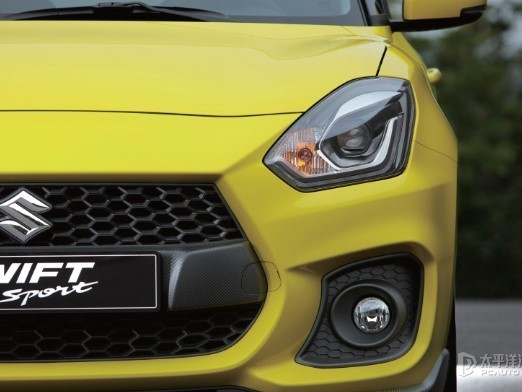
RM130,900! 2024 Swift Sport 1.4 AT: More affordable price, same strong performance
AshleyAug 2, 2024
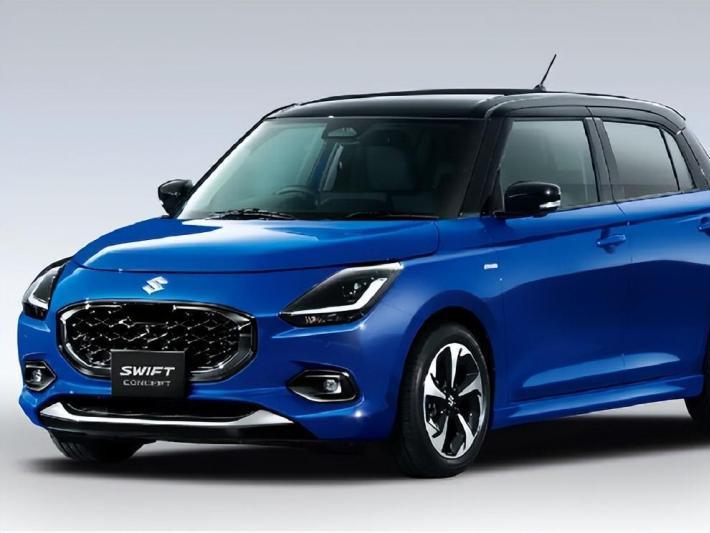
The Brand New Generation of Suzuki Swift will be Unveiled in May, Featuring a Mild Hybrid System
Kevin WongApr 18, 2024
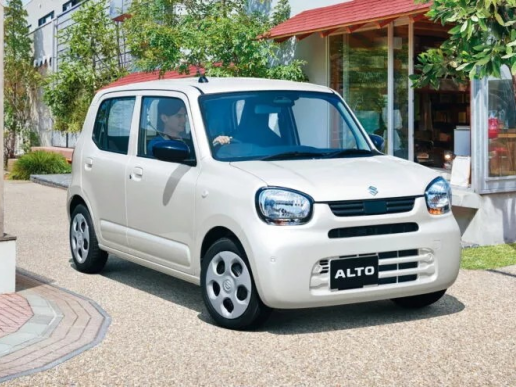
28.2km/L Efficiency! Refreshed 2025 Suzuki Alto Coming Soon to Japan
RobertJun 25, 2025
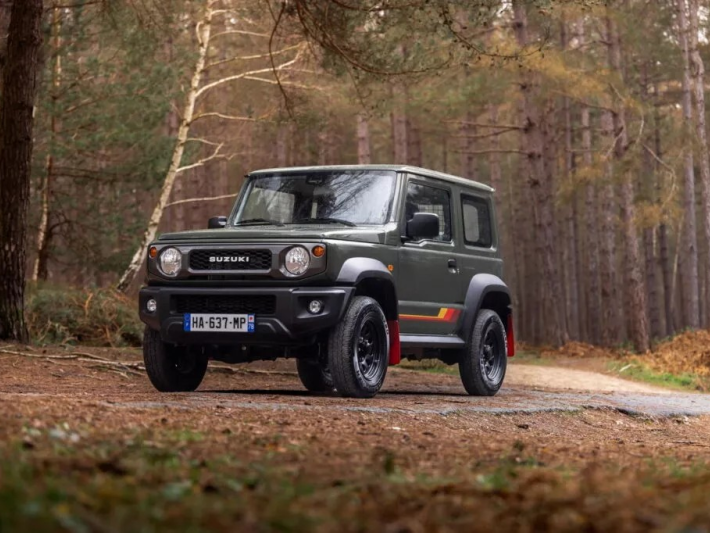
Only 55! Limited-Edition Jimny Coming to France
MichaelJun 20, 2025
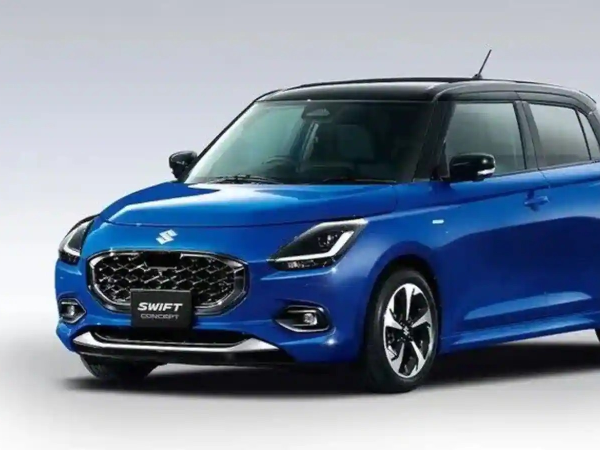
All-New Suzuki Swift Sport Will Debut with Revolutionary 1.4T Engine
MichaelJun 3, 2025
View More












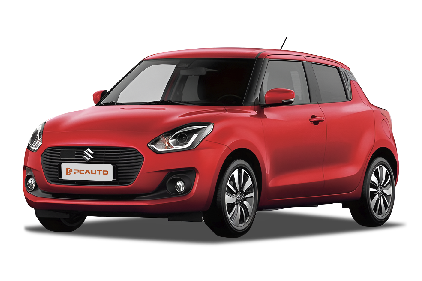





Pros
Cons